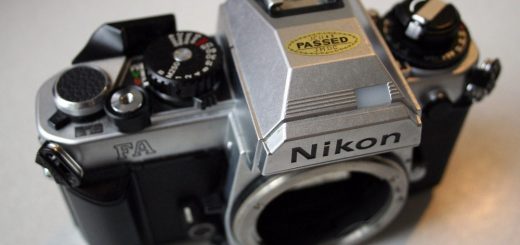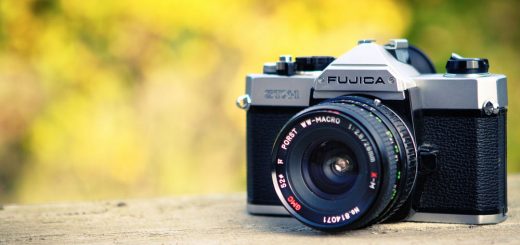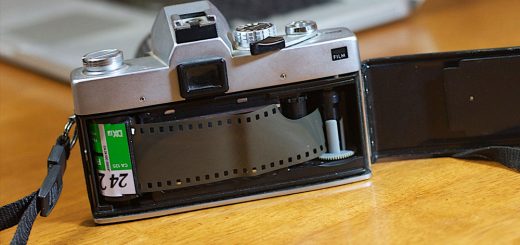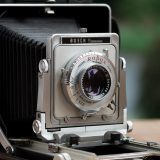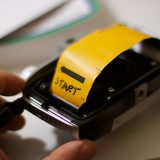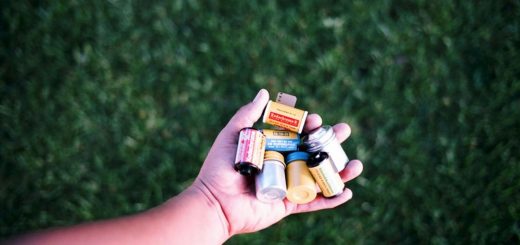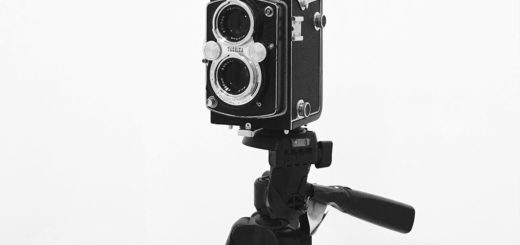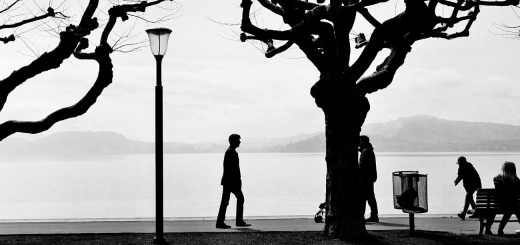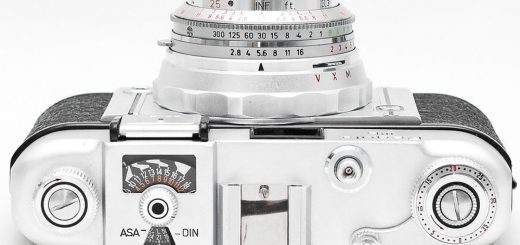Importance of the Shutter Speed in Film Photography Techniques
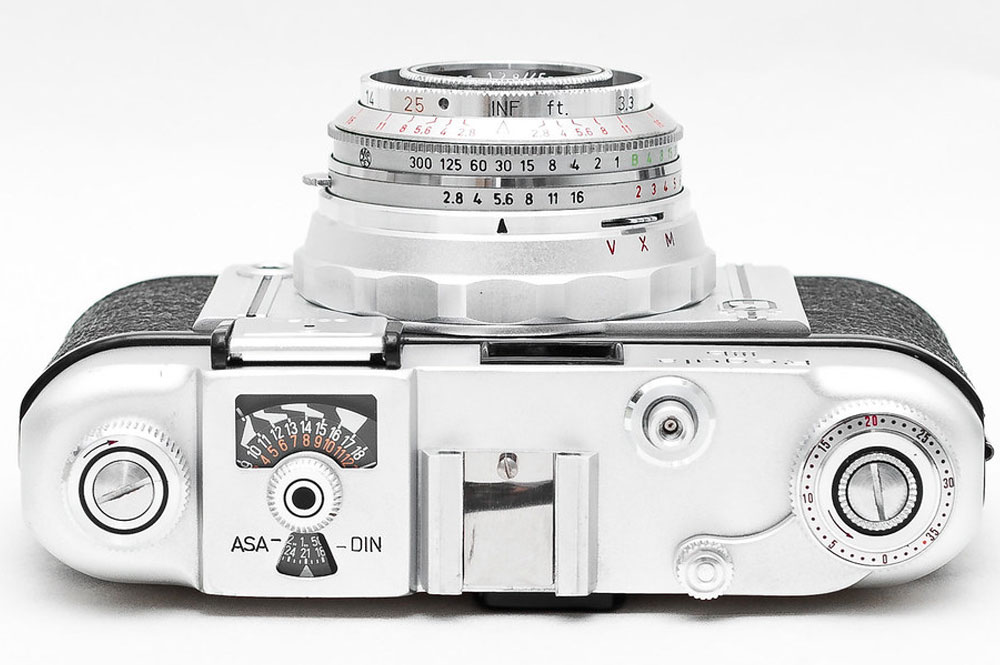
What is Shutter Speed?
Camera shutter speed works hand in hand with the aperture settings of a film camera lens to achieve a good exposure. Any guide to photography will stress the importance of correct shutter speed and aperture settings of your 35mm film camera, medium format camera, or large format camera. Whereas the camera aperture sets the amount of light allow through the lens, the shutter speed dictates how fast the shutter opens and closes to allow more or less light in to expose the film. And while the aperture will determine depth of field, the shutter speed will capture motion. If your subject is moving, a slow shutter speed will result in a blurry subject. A fast shutter speed will capture the subject nearly instantly to capture one frame of that movement. For more basic photography tips about this, see the motion photography section of this site.
How the Shutter Works
In the case of single-lens reflex (SLR) cameras, the shutter is also part of the mirrors used to reflect the image from the lens into the viewfinder. When the photograph is taken, the mirror flips up to allow proper timed exposure to the film sitting behind the shutter. Because the mirror flips up during exposure the viewfinder will go black. On other film cameras, such as the twin-lens reflex (TLR) camera, the shutter works in a similar fashion but does not block the viewfinder – allowing the photographer to always see the subject.
How to Measure Shutter Speed on a Film Camera
The majority of film cameras have multiple shutter speed settings on the shutter speed dial. They will typically read, in order, 1-2-4-8-15-30-60-125-250-500-1000-2000-4000 and possibly more. Be aware that these numbers do not equate to full seconds. 1 is equivalent to 1 second, but 2 is actually 1/2 second, 4 is 1/4 second, etc. Therefore, a shutter speed of 1/125 will allow more light than 1/500 and is a longer exposure. This becomes prime importance because if there is a slow shutter speed you may see some resulting blurriness from the subject moving or your hands moving the camera slightly. A general rule of thumb is that anything slower than 1/60 requires the use of a tripod to avoid blurriness.
Most cameras will also have a shutter speed labeled B, known as bulb mode. This B setting allows the photographer to keep the shutter open for as long as they hold the shutter release. This is especially useful for dark areas or night photography that require long exposures. Some newer cameras will also have an Auto feature. By putting the shutter on Auto, the shutter speed is automatically adjusted based on the camera’s aperture, referred to as aperture priority.
Of course, none of this matters if you do not set both the aperture and shutter speed to the correct exposure. For more information, see the film camera exposure page.
